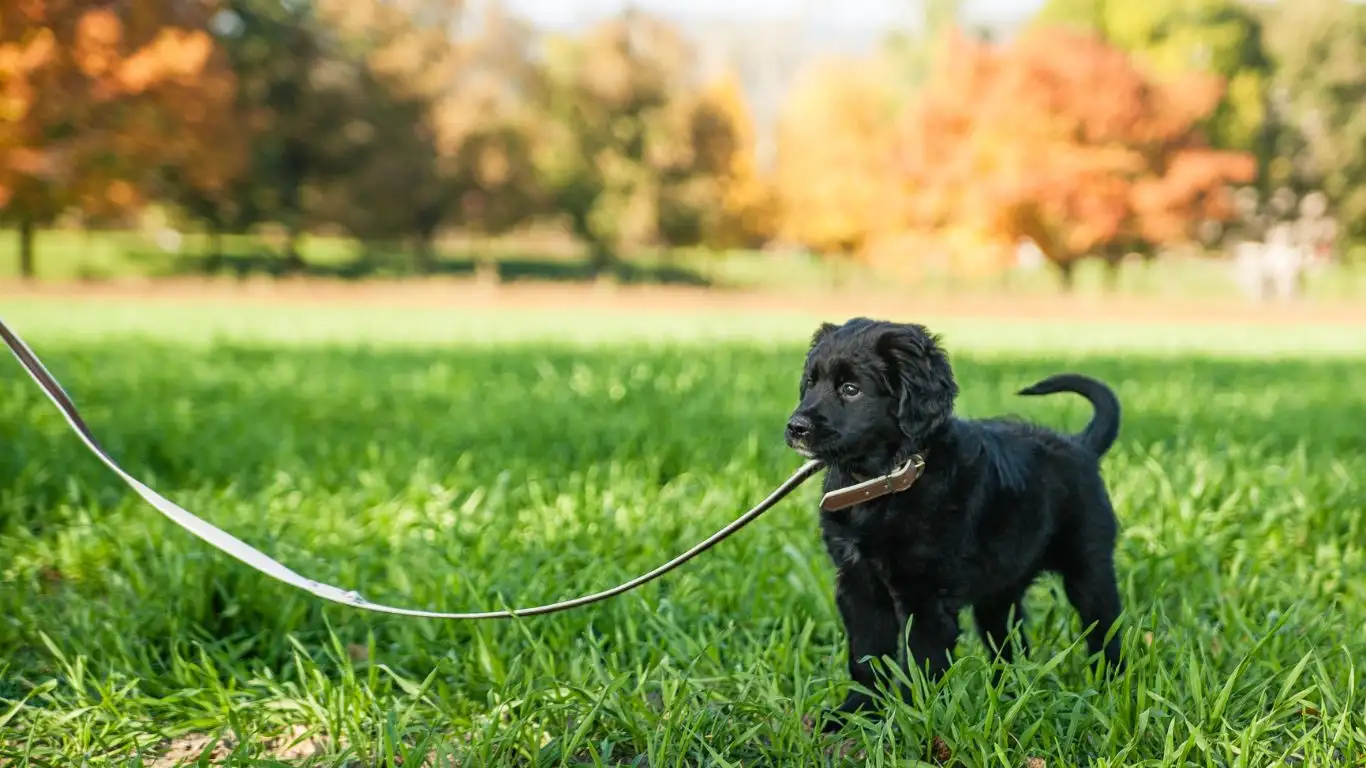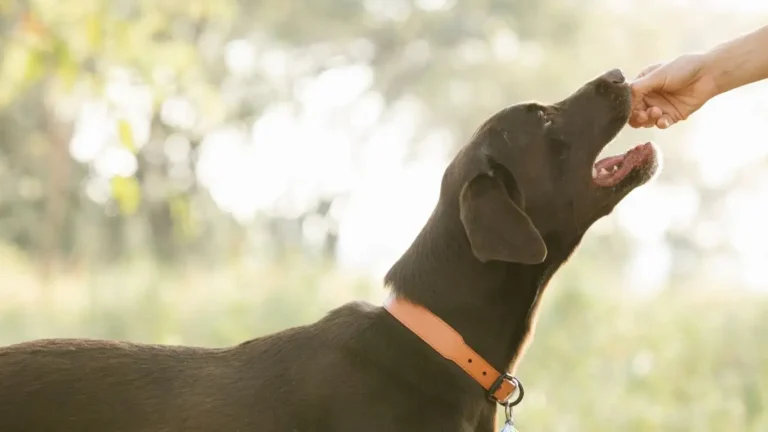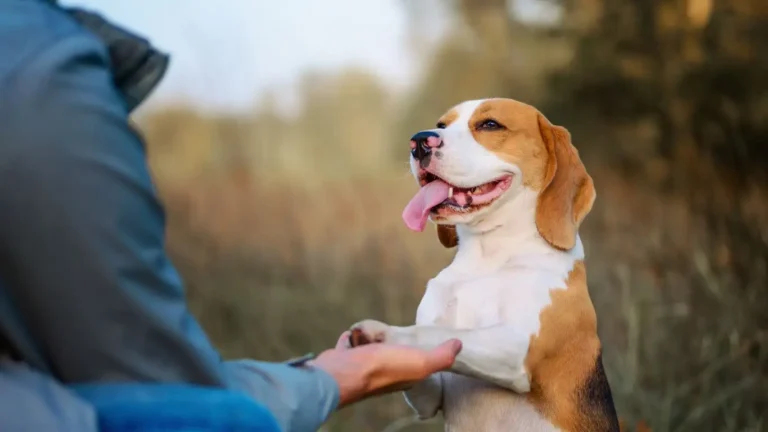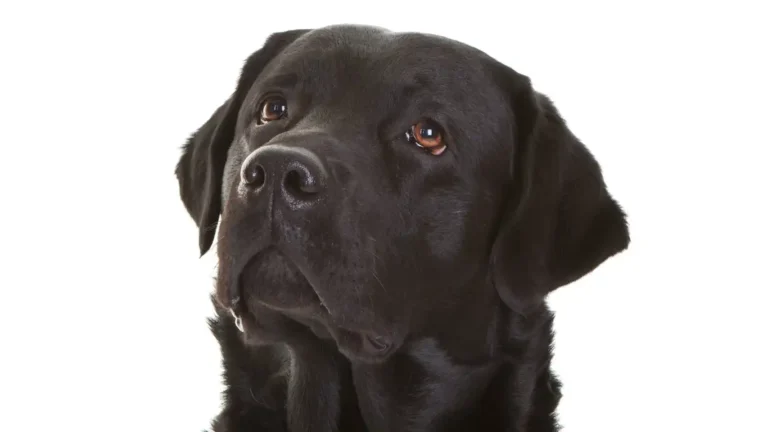Effortless Ways to Train Your Dog to Go Into Their Crate on Cue
If you’ve ever found yourself repeating the phrase “Go to your crate” only for your dog to stare blankly back at you (or worse, run the other way), you’re definitely not alone. I’ve been there too—muddy paw prints on the couch and all. In my years working as a Canine-Assisted Therapy Trainer, one of the most common requests I get is teaching pet parents how to train a dog to go into their crate on cue. Crate training is one of those foundational skills that can change the game when it comes to creating structure, safety, and a peaceful home environment. And the good news? It doesn’t have to be a battle. In fact, when it’s done right, your dog might actually *love* their crate. No, really.
Why Crate Training Matters (And Why It’s Worth the Effort)
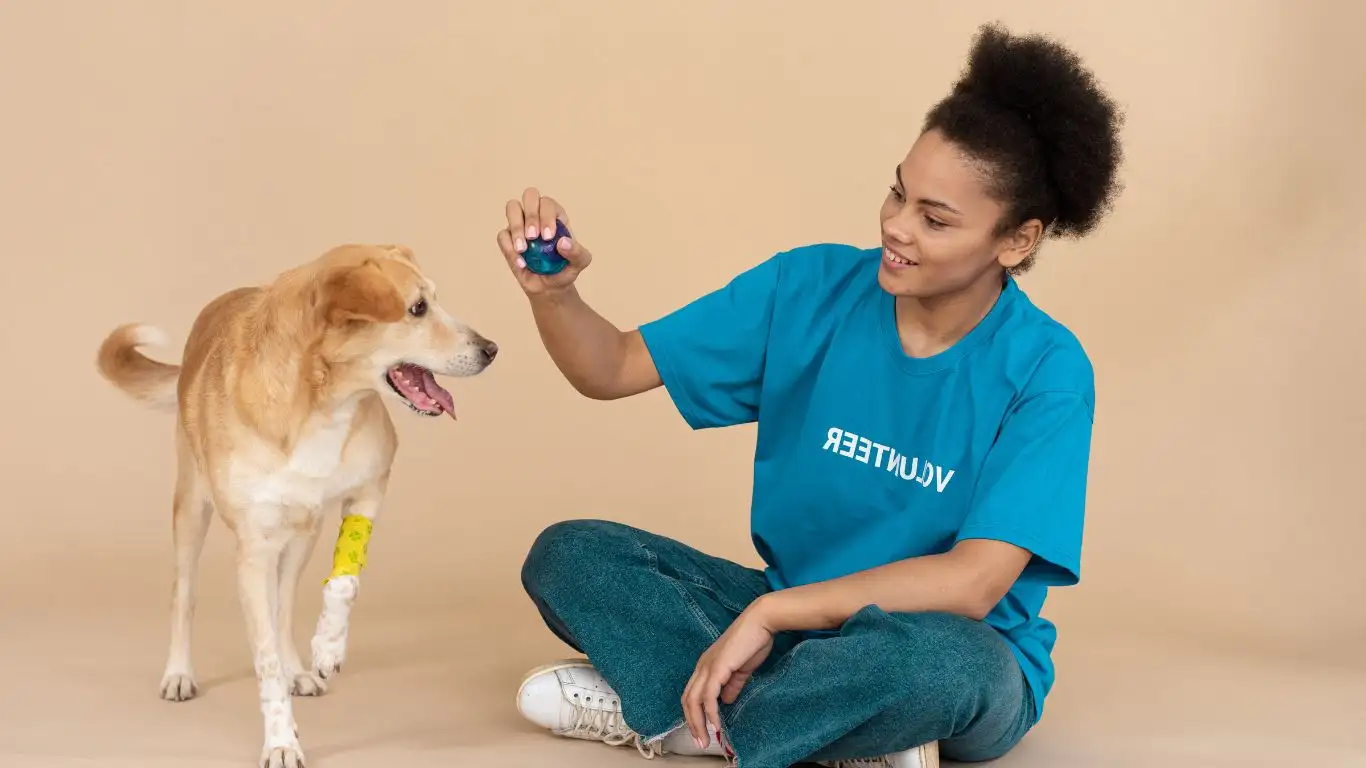
I know there’s a lot of debate around crates. Some folks feel like it’s “mean” or restrictive. But let me tell you, from both personal experience and professional insight, a properly introduced crate becomes a dog’s personal den—a place where they feel secure, cozy, and in control. That’s especially true for therapy dogs, who benefit from having a consistent place to unwind after working with clients or engaging in emotionally intense settings.
When you teach your dog to go into their crate on cue, you’re not just teaching a neat party trick. You’re building a critical layer of communication and trust. This cue can be a lifesaver when unexpected guests arrive, during travel, or even in emergency situations.
Benefits of Crate Training
- Promotes calm behavior and self-soothing
- Supports potty training for puppies
- Gives dogs a safe space to retreat when overwhelmed
- Helpful during vet visits or travel
- Reduces destructive behaviors
The Right Mindset for You and Your Dog
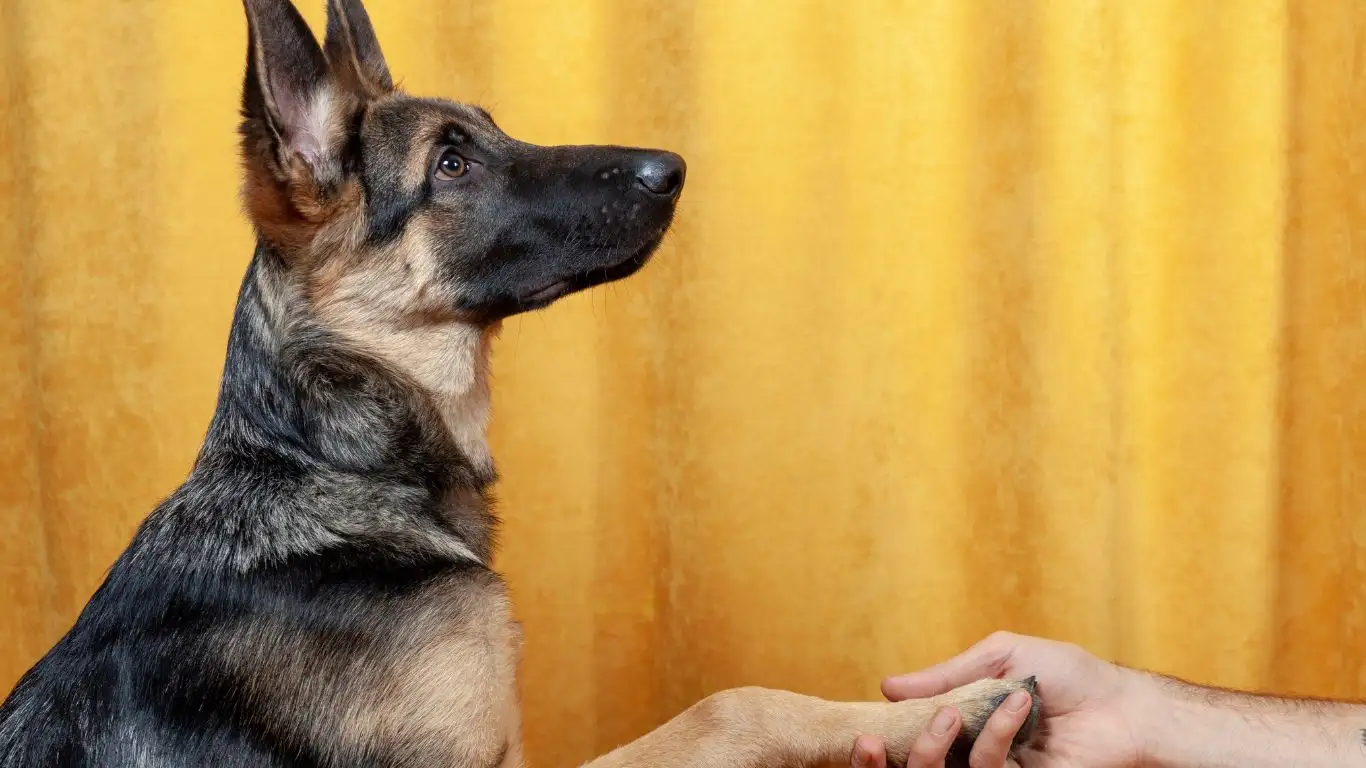
Before we even think about giving cues or doling out treats, the first thing I always focus on with my clients is mindset. Crate training isn’t about control—it’s about communication. Your dog isn’t trying to be “stubborn” or “naughty.” They’re just learning a brand-new language. You’re both building a relationship where your dog learns to trust you enough to say, “Okay, I’ll go chill in my crate now.”
And trust me, your energy matters here. If you’re stressed, impatient, or feeling rushed, your dog will absolutely pick up on that vibe. So take a breath, grab some high-value treats (I’m talking liver chips, not dry biscuits), and get ready to celebrate small wins.
Get Clear on Your Goal
We’re aiming for a cue-based behavior, not a forced one. That means your dog walks into their crate because they want to—not because they’re bribed or physically manipulated. It’s all about giving them the freedom to choose the right behavior and feel good about it.
Step-by-Step: How to Train a Dog to Go Into Their Crate on Cue
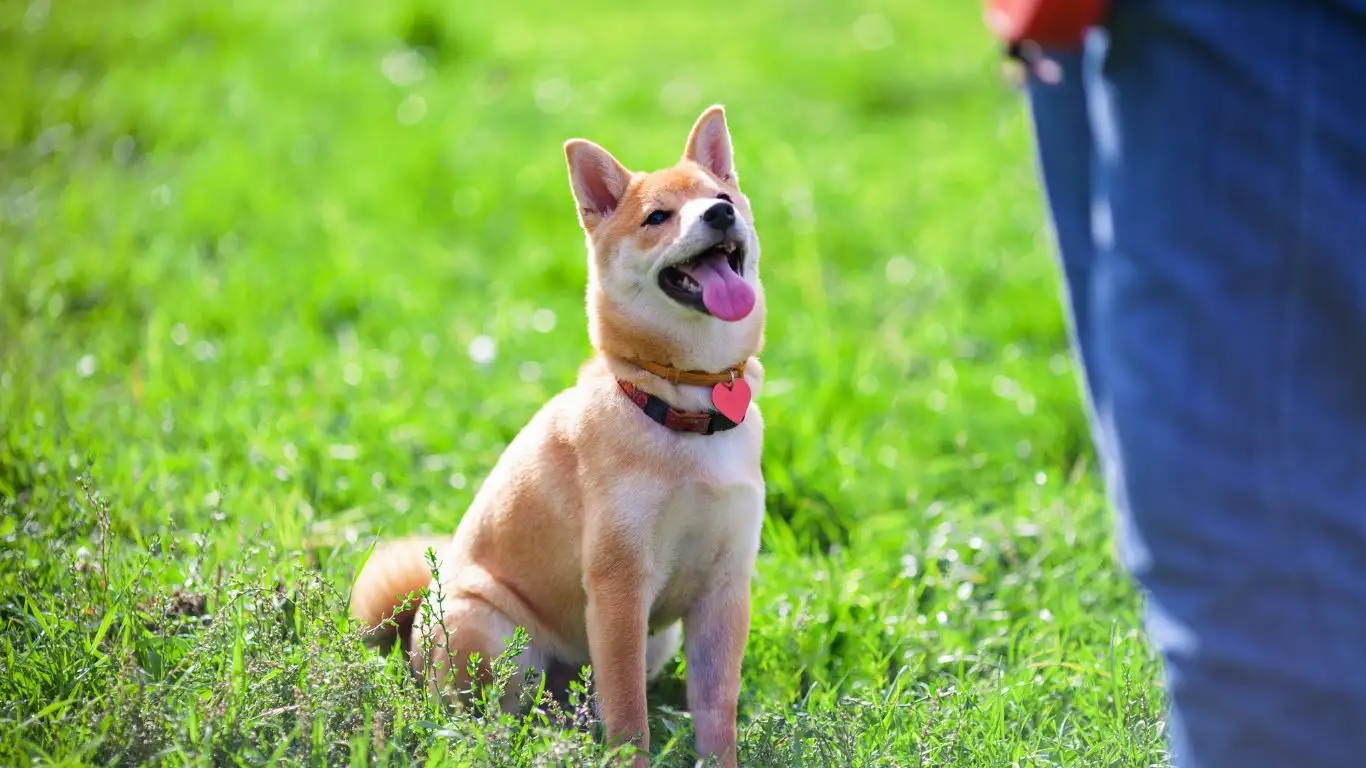
Alright, let’s dig into the training process. These steps come from techniques I’ve personally used when preparing therapy dogs for sessions, especially those who need to be able to self-regulate and decompress when needed.
1. Set the Scene
Start by making the crate feel like a happy, cozy place. Add a soft blanket, a favorite toy, and place it in a low-traffic area of your home. Leave the door open. Let your dog explore it without any pressure. If your pup walks in on their own, awesome! Praise them like they just won gold at the doggie Olympics.
2. Use Positive Association
This step is huge. Toss treats into the crate casually, no strings attached. Let your dog go in, grab the treat, and come right back out if they want. We’re not closing any doors yet. The goal is to get them thinking: “Hey, cool stuff happens in there!”
3. Introduce the Cue
Once your dog is comfortable going in and out for treats, start saying your cue—something like “Crate up” or “Go to bed”—*right as* they’re walking in. Don’t say it too early, or they’ll just learn to ignore it. Timing is everything here. Keep using the cue consistently with each successful entry.
4. Add Duration Gradually
Now that your dog is entering on cue, wait until they’re inside and toss in a longer-lasting chew (like a frozen Kong). Let them hang out in there with the door open. Gradually increase the time they spend in the crate while you go about your business nearby. Don’t rush this part—slow is smooth, and smooth is fast.
5. Close the Door Briefly
Eventually, you’ll want to start closing the door for a few seconds while your dog enjoys their treat. Open it before they start fussing. You want them to associate the closed door with *good vibes only*. Over time, slowly increase the duration.
6. Practice With Variety
Dogs are contextual learners. Just because your pup nails it in the living room doesn’t mean they’ll understand the cue in a different environment. Try practicing in different rooms, at different times of day, and even when there’s more going on around them. This builds reliability and resilience.
Working Through Common Challenges
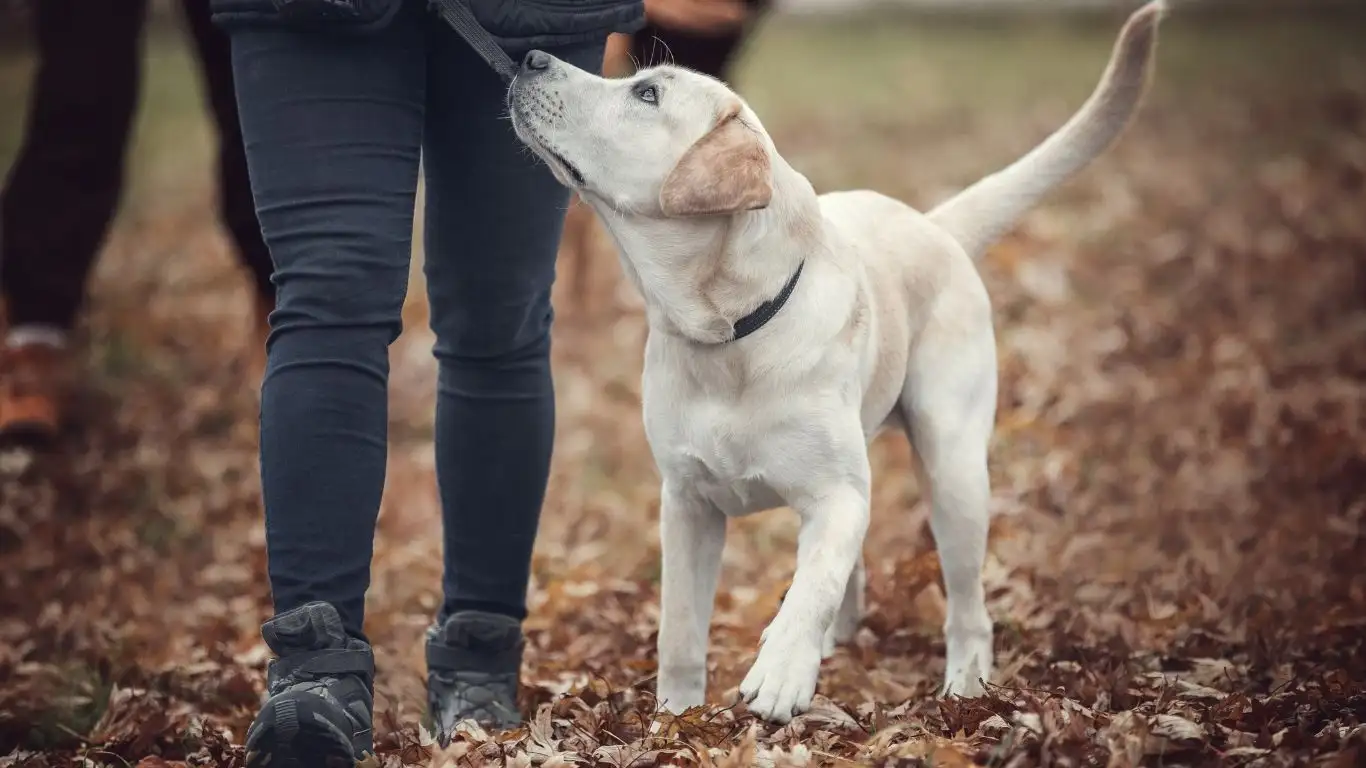
Alright, so now that you’ve laid the groundwork and your dog is starting to connect the dots, you might still run into some speed bumps. And that’s totally normal. Every dog is different—some are naturals, and others need a bit more coaching. I’ve worked with dogs who practically sprinted into the crate on cue after a few sessions, and others who gave me a “Yeah, no thanks” look for a week straight. That’s where consistency, patience, and a sense of humor really come in clutch.
My Dog Refuses to Go In—Now What?
If your pup is flat-out avoiding the crate, back up a step. Maybe two. This often means we’ve gone too fast, or there’s something about the crate that’s making your dog uncomfortable. It could be the location, the texture of the mat inside, or maybe they had a bad experience in it once. Rebuild the trust. Leave the door open, toss high-value treats just near the opening first, then a bit further inside.
One little tip I use all the time with my more hesitant pups is to play a game called “Crate Treat Party.” Every time they go near or even glance at the crate—boom, treat. Sit next to it together. Toss treats in and don’t expect them to retrieve them right away. Just normalize it. Your dog will learn that the crate equals good stuff and no pressure.
Dealing With Whining or Barking
This one’s tricky, but super common. If your dog whines or barks when the crate door is closed, check in on a few things:
- Did you build up the duration too fast?
- Are they genuinely stressed, or just testing boundaries?
- Did they finish their treat and get bored?
In my experience, most barking in the crate comes from either frustration or attention-seeking. If you’re sure your dog’s needs are met (they’re exercised, not hungry, not needing to potty), try ignoring the noise until they quiet down. Then, and only then, let them out. Timing is everything—release them during silence so they learn that calm behavior gets rewarded.
Making the Crate Cue Solid

Once your dog consistently walks into the crate with the cue, it’s time to strengthen that behavior so it sticks. This is the part where your cue becomes rock-solid. Whether you’re using “crate,” “bed,” “kennel up,” or something totally unique, the magic happens with repetition and variety.
Change the Environment, Keep the Cue
Try practicing the cue in different rooms of the house. Then mix up your own location—stand at the door, sit on the couch, or even lie on the floor (yep, I’ve done it). The more contexts your dog hears and responds to the cue, the better they’ll generalize the behavior. You’re essentially saying, “No matter what’s happening around us, this word still means go into your safe space.”
Make It a Game
Dogs love games, and turning crate time into a fun challenge changes the whole vibe. I’ll often turn training into a “crate race”—I’ll toss a treat and call out the cue mid-toss. If the dog runs in, big party! I’ve used this especially with younger dogs and high-energy breeds. It makes the crate something exciting rather than routine.
Fade the Lure, Not the Fun
Eventually, you want to stop needing to toss a treat every single time. Start using praise or toys occasionally instead. Mix it up. Your goal is to get the behavior on cue, not rely on bribery. But that doesn’t mean ditch the fun altogether—random reinforcement keeps the behavior sharp and your dog guessing, “What cool thing is gonna happen next?”
Real-Life Applications of the Crate Cue
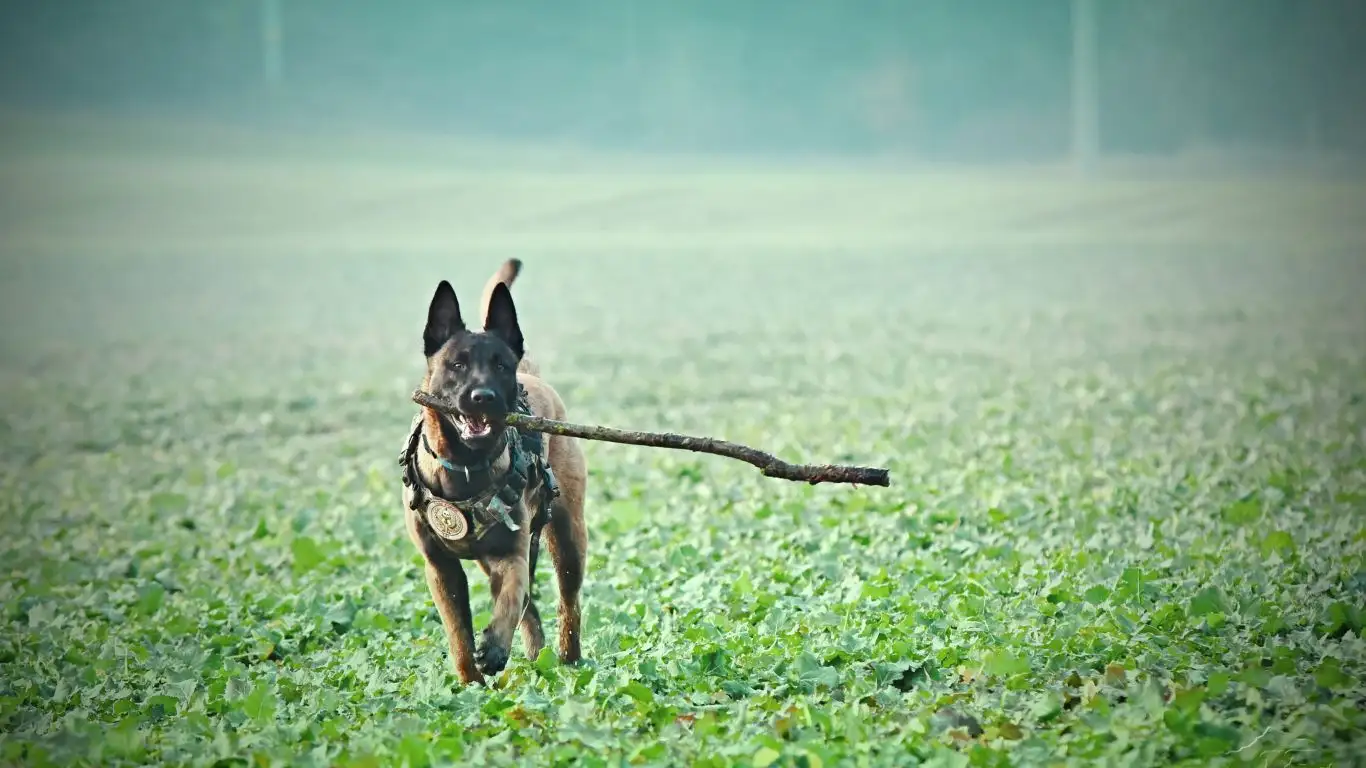
One of the best things about crate training is how incredibly useful it becomes in daily life. I’ve worked with therapy dogs who need a quiet break space during sessions, or pups who travel frequently with their owners. In every one of those cases, having a reliable crate cue made everything smoother—for the dogs and the humans.
At the Vet or Groomer
Imagine walking into a vet’s office, and instead of dragging your dog into a back room crate while they resist the whole way, you just say “crate” and your pup hops right in. That kind of trust and responsiveness can lower anxiety levels—for everyone involved. I’ve seen it firsthand more times than I can count.
During Travel
Whether you’re heading out on a road trip or flying across the country, crates often play a key role. Teaching your dog to go in calmly on cue can mean the difference between a stressful boarding process and a smooth transition. I always do crate practice in the car before any major travel, especially for younger dogs.
Managing Chaos at Home
Let’s be honest—life gets busy. The doorbell rings, groceries spill everywhere, kids are running wild… and in the middle of that, being able to say “crate” and have your dog instantly give you that space is chef’s kiss. It’s not just about obedience. It’s about your dog knowing where to go to feel safe when the world gets noisy.
Stay consistent, have fun with it, and don’t forget to celebrate the small wins. Even if your dog just puts a paw inside today—that’s progress. Some of the best crate-trained dogs I’ve worked with were slow starters. But with time, trust, and a few bags of liver treats, they got there—and so will yours.
Maintaining the Behavior Long-Term

Once your dog consistently responds to your crate cue, it can feel like you’ve reached the finish line—but don’t hit cruise control just yet. Just like any other learned behavior, maintenance matters. I’ve had clients come back months later wondering why their dog suddenly stopped responding to the cue, only to realize they hadn’t practiced it in weeks. Totally normal, totally fixable, but also a gentle reminder that dog training is more like keeping a garden—it thrives with consistent care.
Keep It Fresh, Keep It Fun
Don’t let the crate cue become a “boring routine” your dog starts tuning out. Instead, mix things up. Surprise them with a stuffed Kong one day, a chew on another, or even just calm praise. Random reinforcement keeps them guessing, keeps them engaged, and keeps the behavior strong. Personally, I rotate between liver treats, frozen blueberries, and a squeaky toy my dog goes absolutely bonkers for.
Practice in Real-Life Scenarios
The crate cue isn’t just for training sessions—it’s for real life. So use it like that. If you’re cleaning the house or expecting company, ask your dog to crate up. If you’re watching a movie and want some couch space, crate time. Dogs actually appreciate knowing what to expect. It gives them structure and a little peace in the chaos of our human world.
When to Ask for Help

As much as I love DIY training and empowering dog parents, I also know there are times when you just need an extra set of eyes. If your dog shows signs of extreme stress—like trembling, avoiding the room where the crate is, or panicking when you walk away—it’s worth connecting with a certified trainer or a veterinary behaviorist.
Back when I was first working with therapy candidates, I had a young retriever who’d freeze every time she saw a crate. We later learned she had been crated for long periods without stimulation in a previous home. It took months of slow, trust-building exercises and a custom plan, but we got her there. Sometimes, you need that tailored touch, and there’s no shame in asking for help.
Signs It’s Time to Consult a Pro:
- Your dog exhibits signs of anxiety even near the crate
- They refuse food when inside or near the crate
- There’s persistent barking, whining, or attempts to escape
- You’re feeling overwhelmed or stuck
Look for certified professionals through resources like AKC or PetMD. They can help assess what’s going on and build a step-by-step plan that works for both you and your dog.
Beyond Crating: Building a Resilient, Responsive Dog
Crate training is just one piece of the puzzle. It’s a great skill, but it also lays the foundation for so many other behaviors. When your dog understands cues, trusts your leadership, and knows they have a safe space, everything else—from leash training to recall—just clicks more naturally.
I always tell my clients: the crate isn’t just a tool—it’s a training ground for bigger life lessons. It teaches patience, independence, and how to self-soothe. And trust me, that carries over in so many positive ways. I’ve seen it firsthand, especially in dogs who work closely with humans in therapeutic or service roles.
More Skills That Pair Well With Crate Training
- Place Command: This teaches your dog to settle on a bed or mat and is a great partner cue to the crate.
- Leave It: Helps build impulse control, which makes crate time easier when distractions are around.
- Wait/Stay: These can be used when opening or closing the crate door to build trust and structure.
These cues also help build resilience, which is key if your dog will ever be in environments that require them to handle stimulation, people, or unexpected noises calmly.
Resources and Continuing Education
Whether you’re training a therapy dog or just working with your beloved couch potato, there are tons of excellent resources to keep learning and growing. I always encourage my clients to tap into reputable sources like the NIH for research-backed pet behavior insights or wellness articles on Health.com that tie human and canine wellness together.
You’ll also find a lot of gold in behavior-based training books, webinars by credentialed dog trainers, and in-person workshops. Not everything on the internet is created equal, so always double-check the source—especially when it comes to dog psychology. A video with flashy results doesn’t mean it’s grounded in ethical, effective training practices.
Final Words from My Leash to Yours
If you’ve made it this far, give yourself a pat on the back (and toss a treat to your pup!). Crate training is a journey, and just like any good journey, it comes with ups, downs, and a whole lot of learning. I’ve worked with dozens of dogs through all stages of life and training, and I can confidently say: the crate cue is one of the most rewarding tools you can give your dog—and yourself.
So keep showing up. Keep it fun. Keep building that bond. Your dog is always learning from you—even in those small, in-between moments. And that, my friend, is what turns good training into a great relationship.
Disclaimer
This article is intended for educational purposes only and should not replace professional veterinary or behavioral advice. Every dog is different, and results may vary depending on breed, history, health, and temperament. If your dog exhibits signs of distress or aggressive behavior, consult with a certified professional trainer or veterinary behaviorist.
